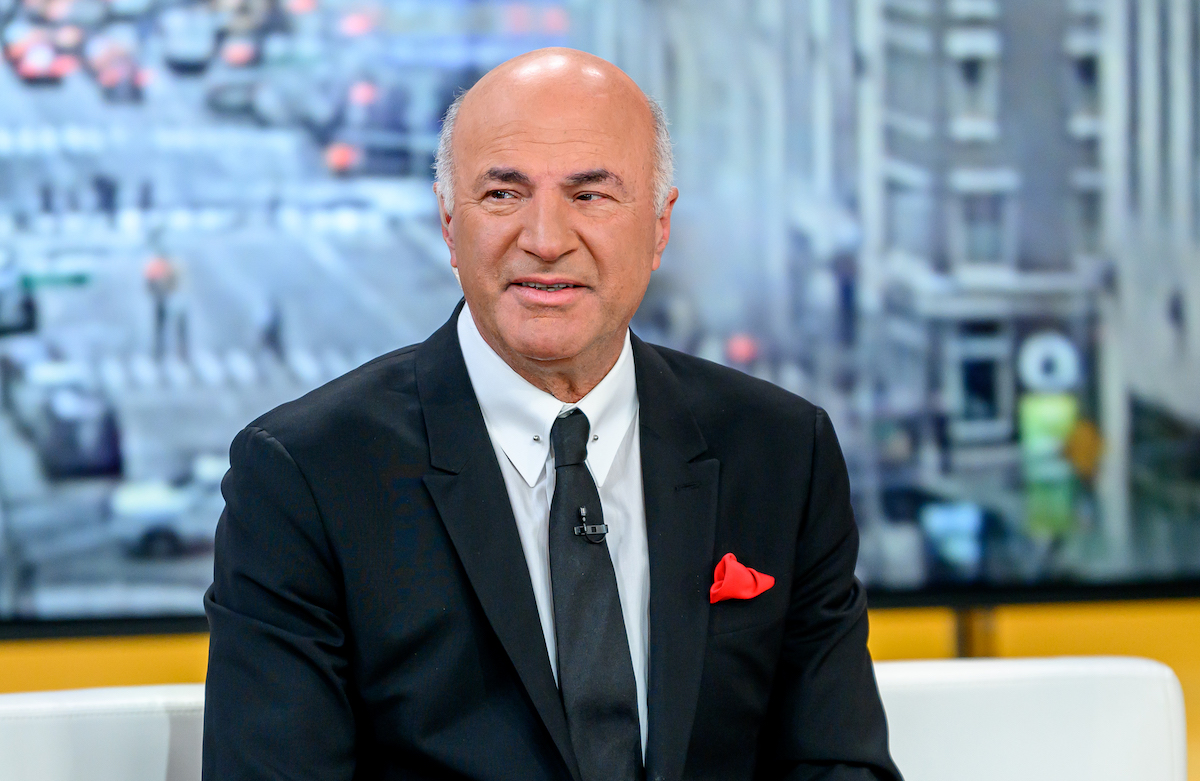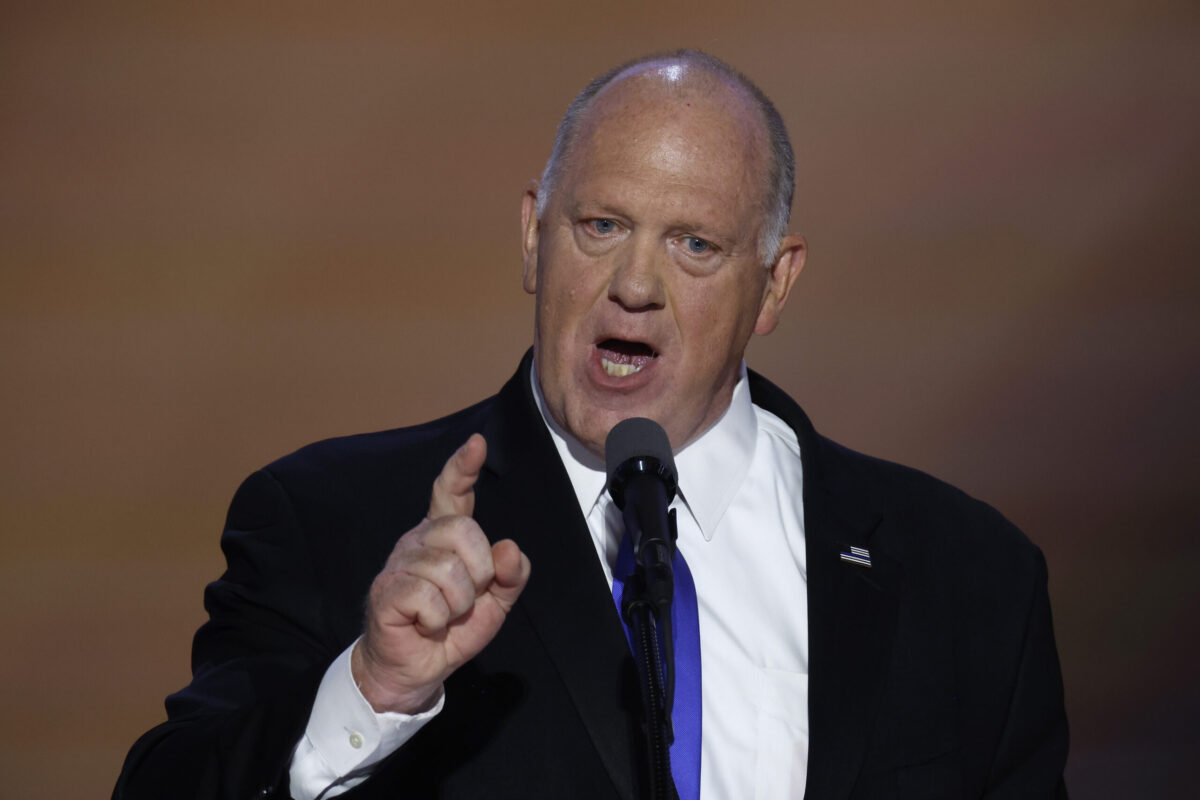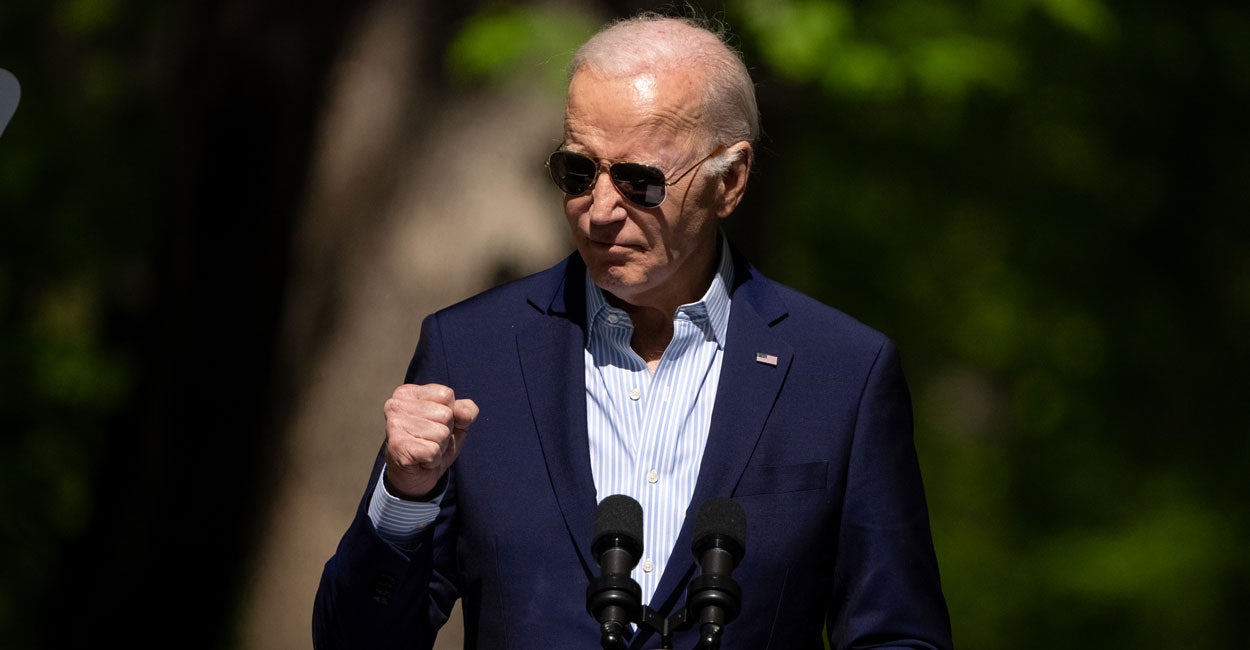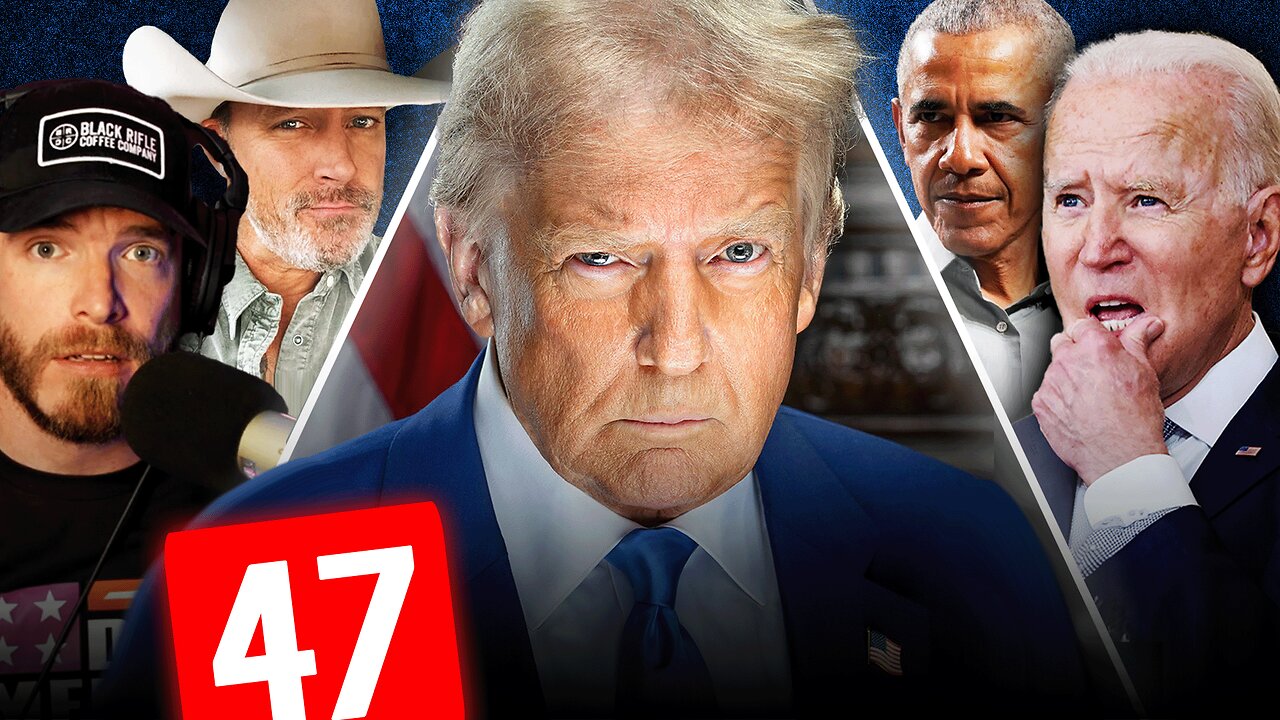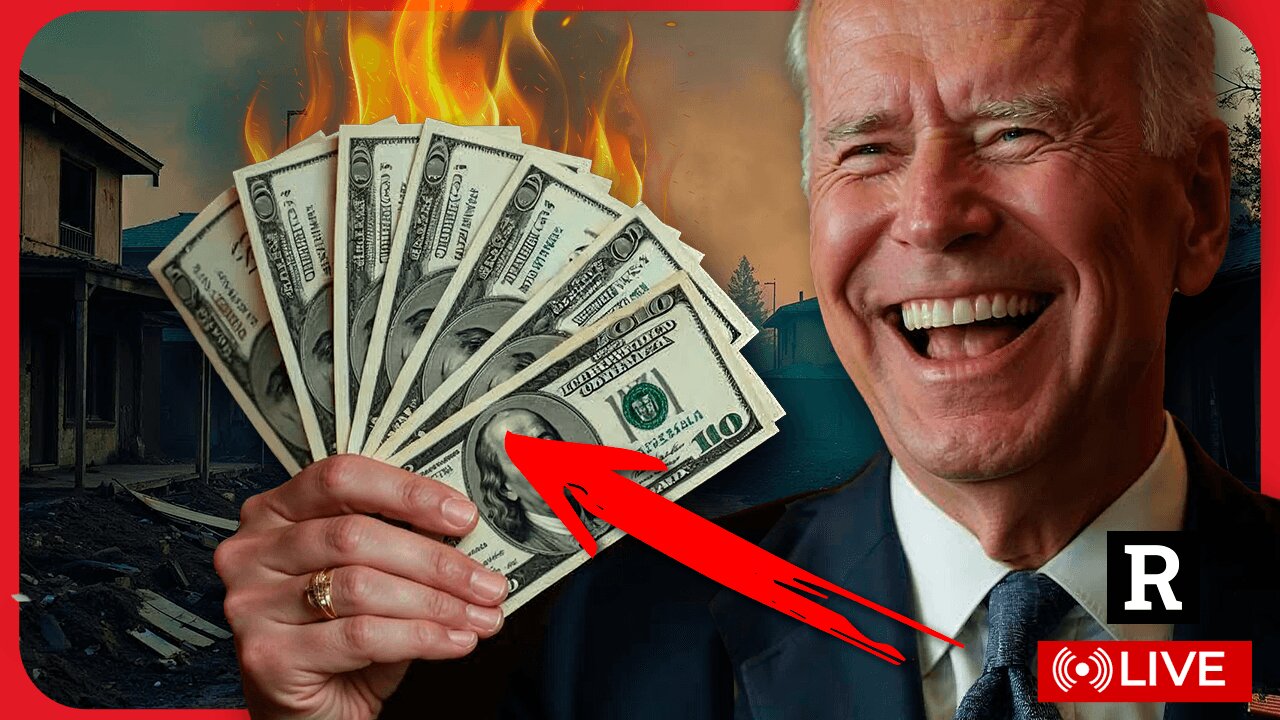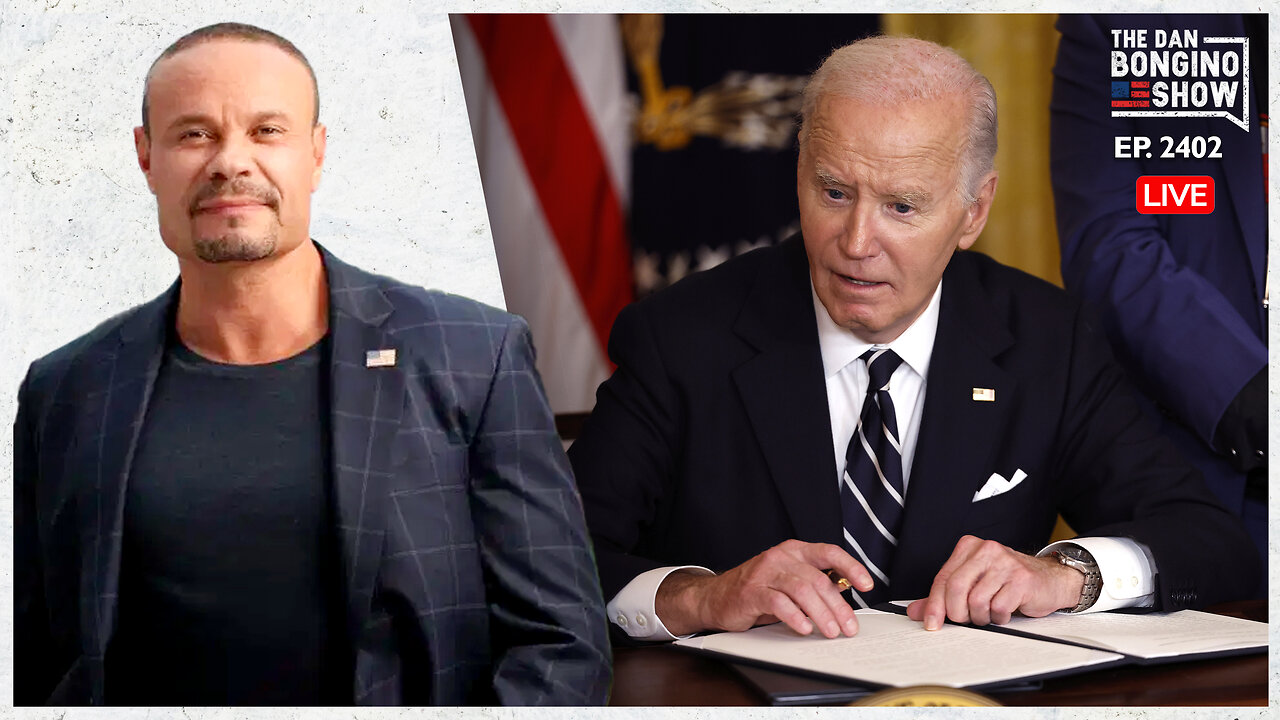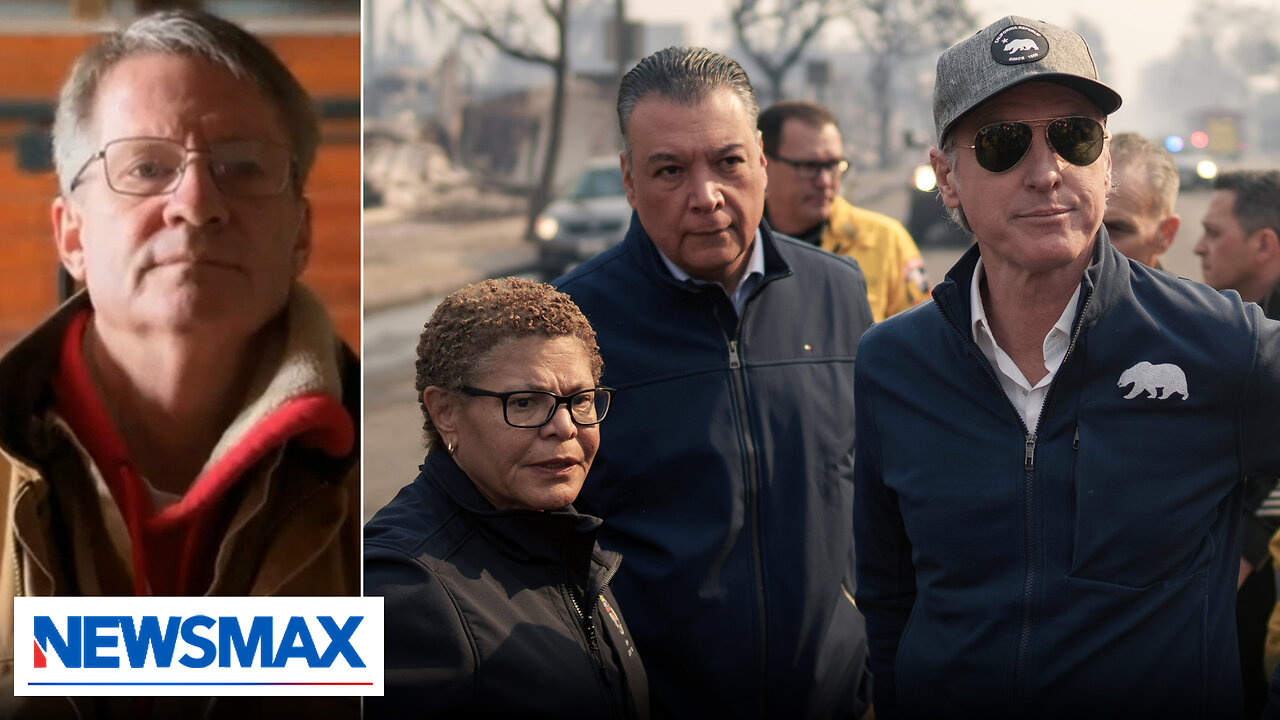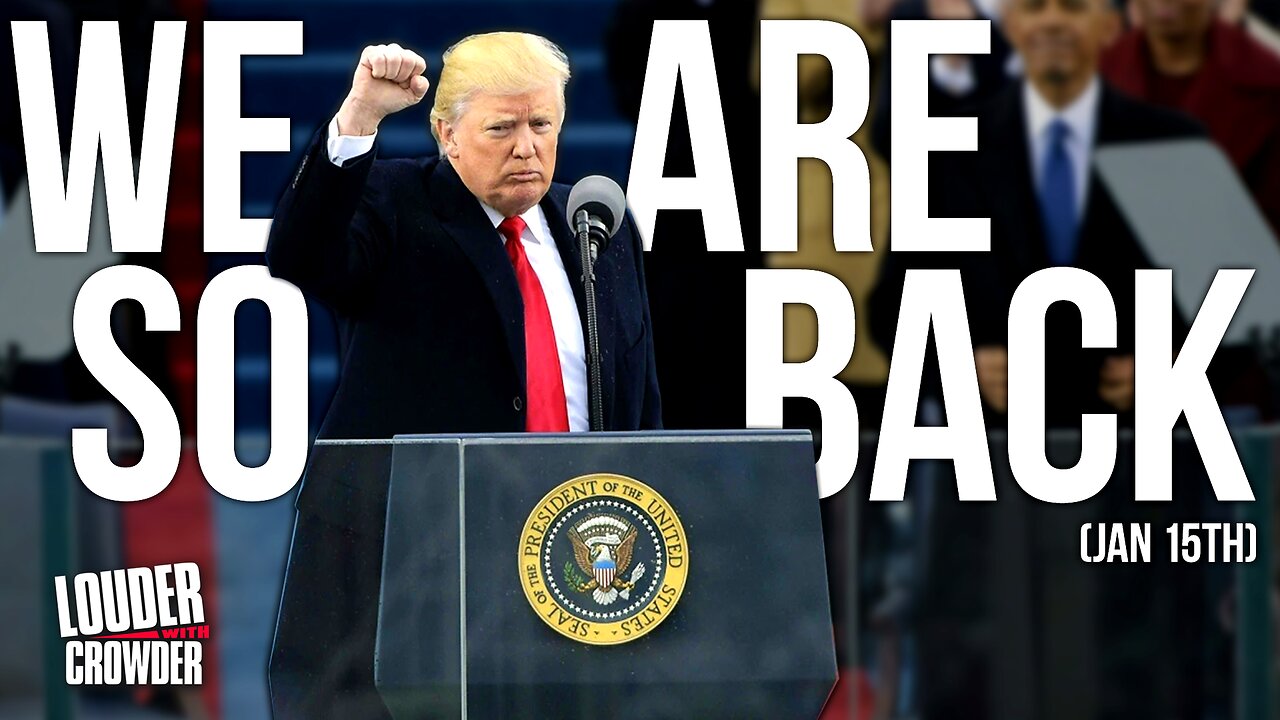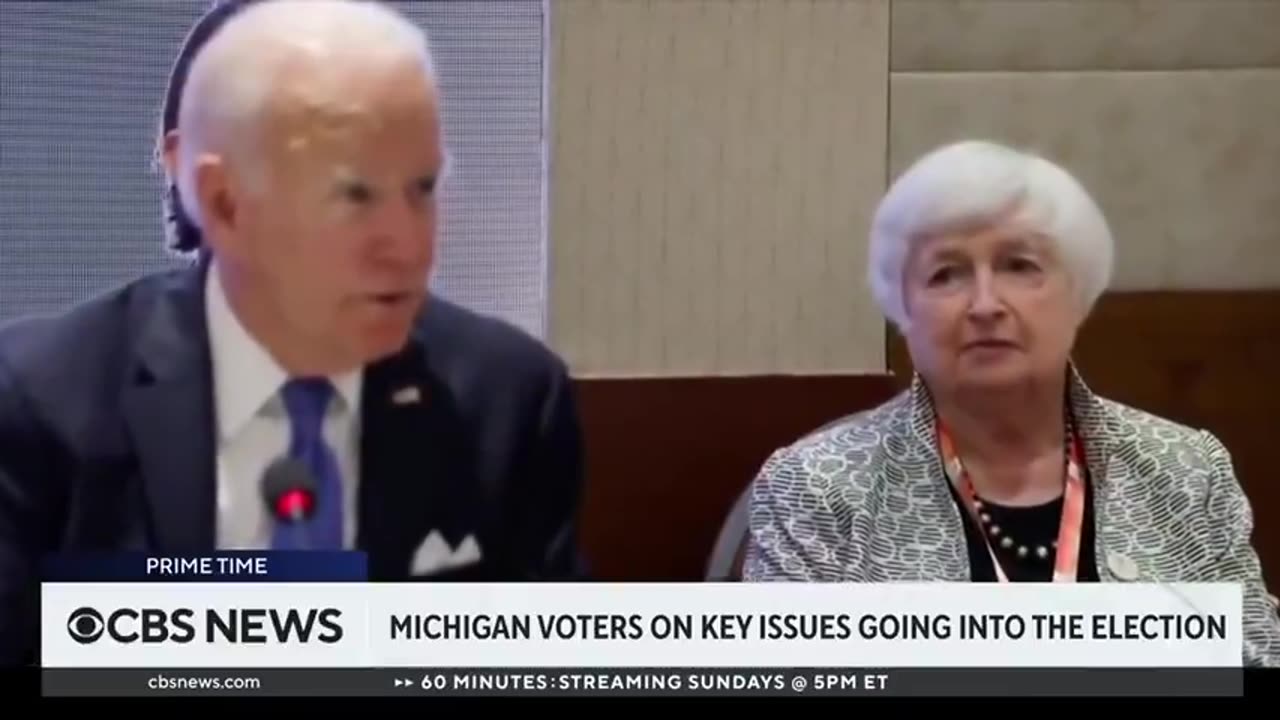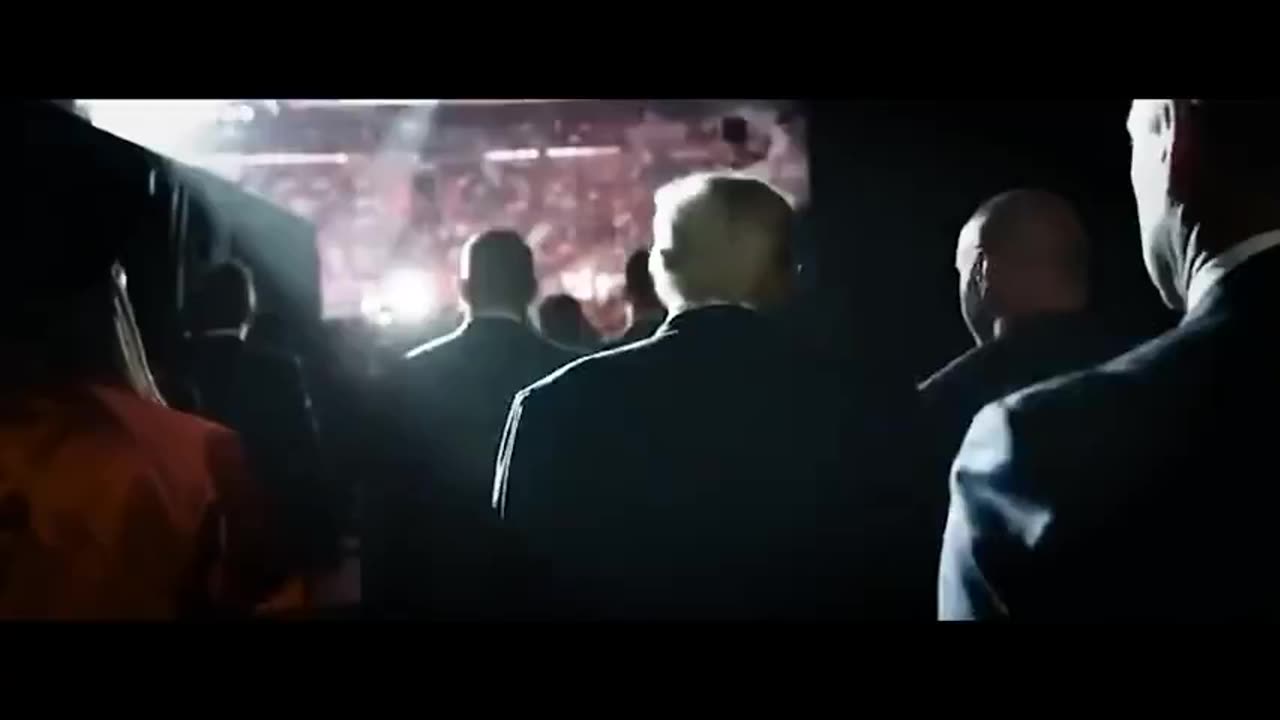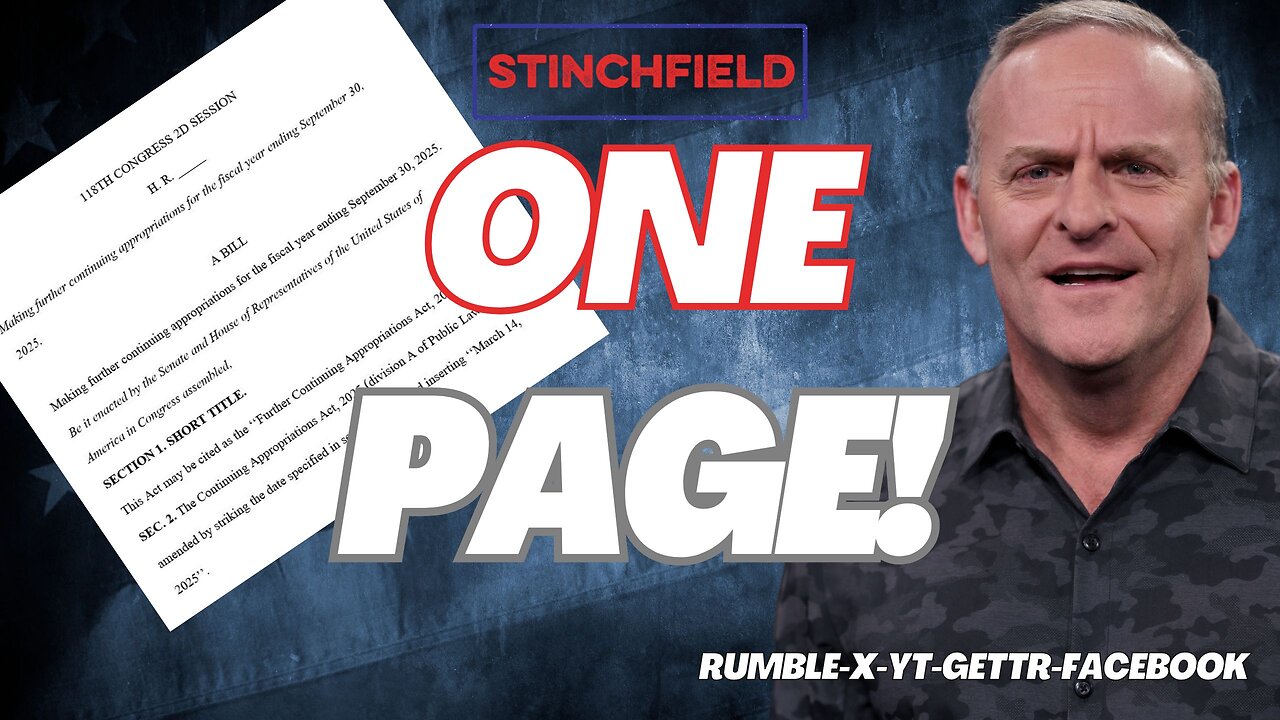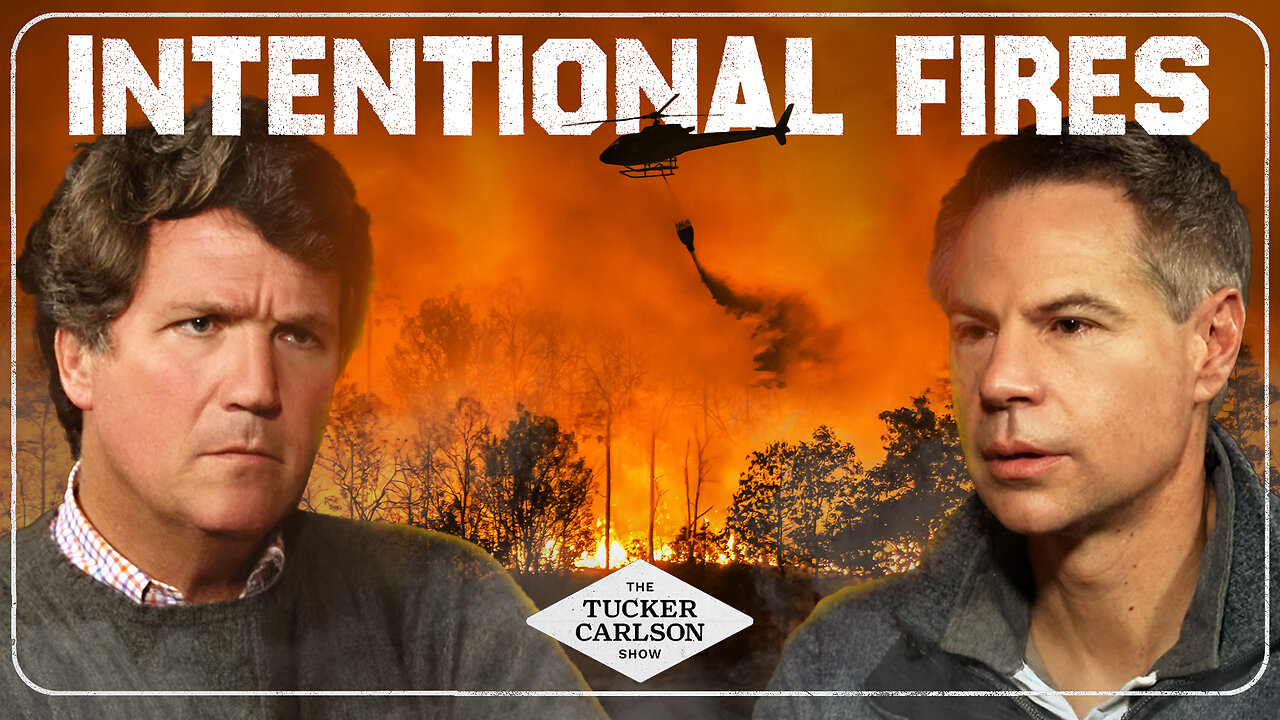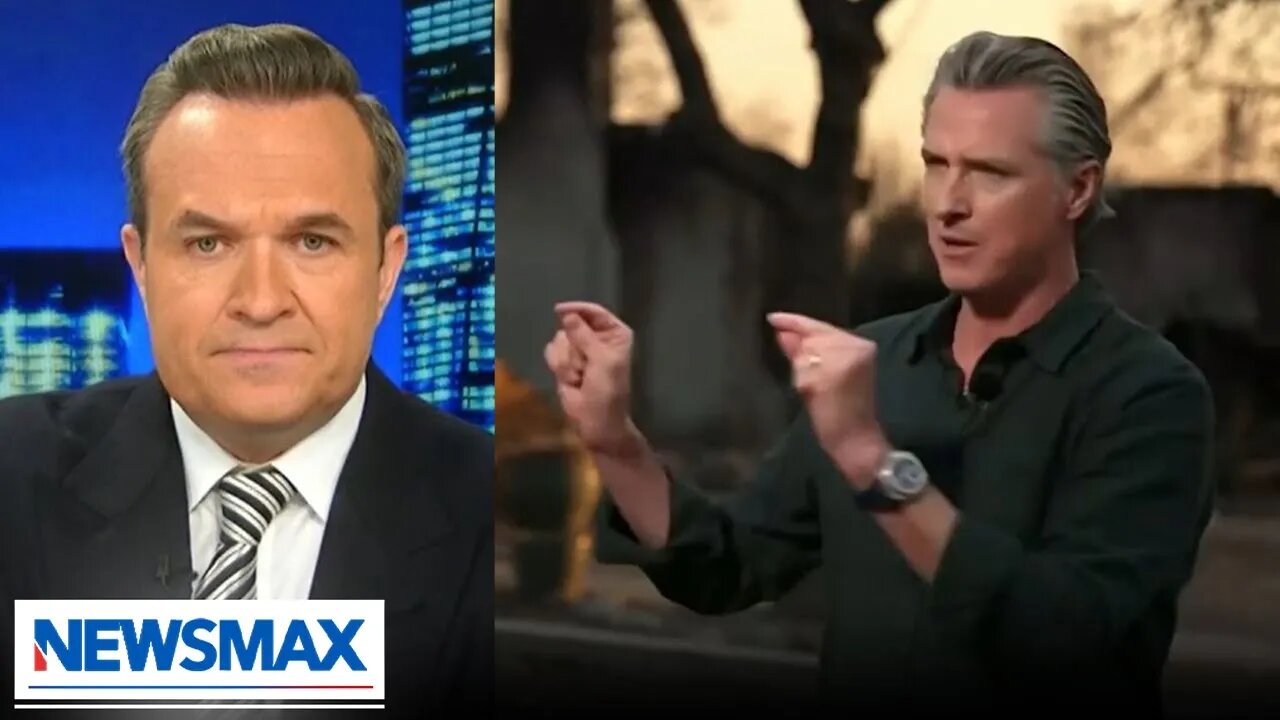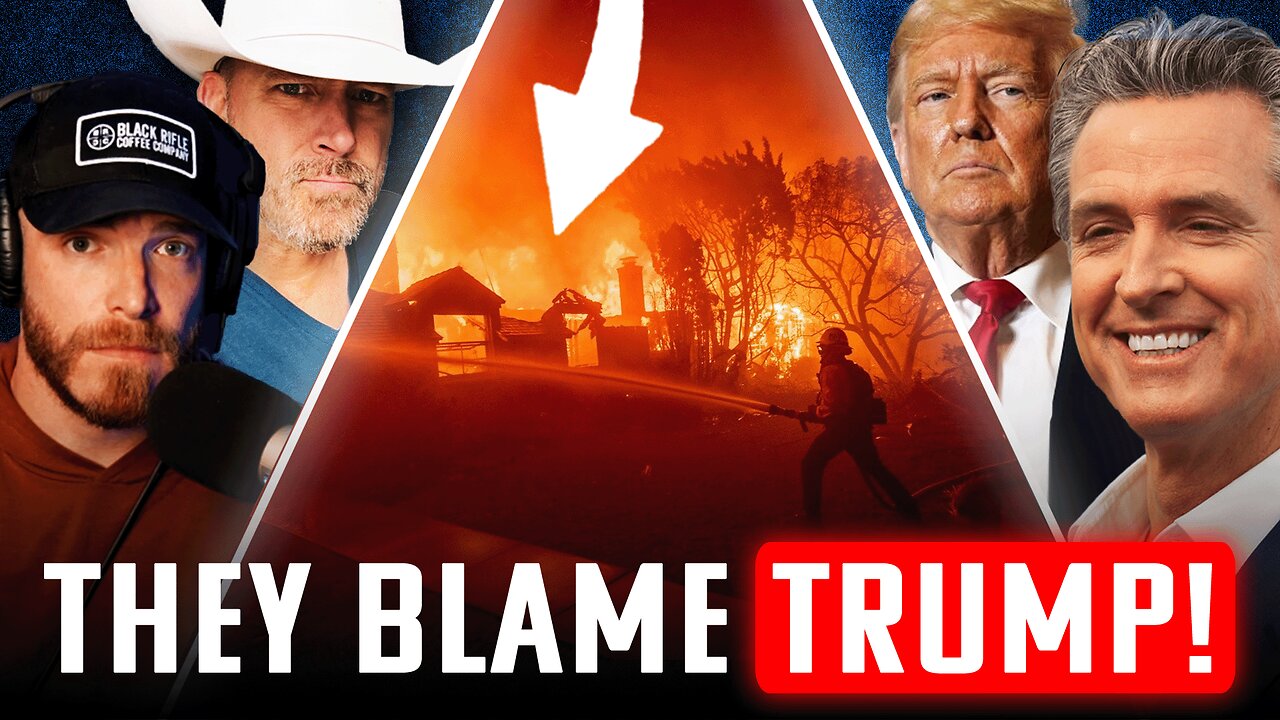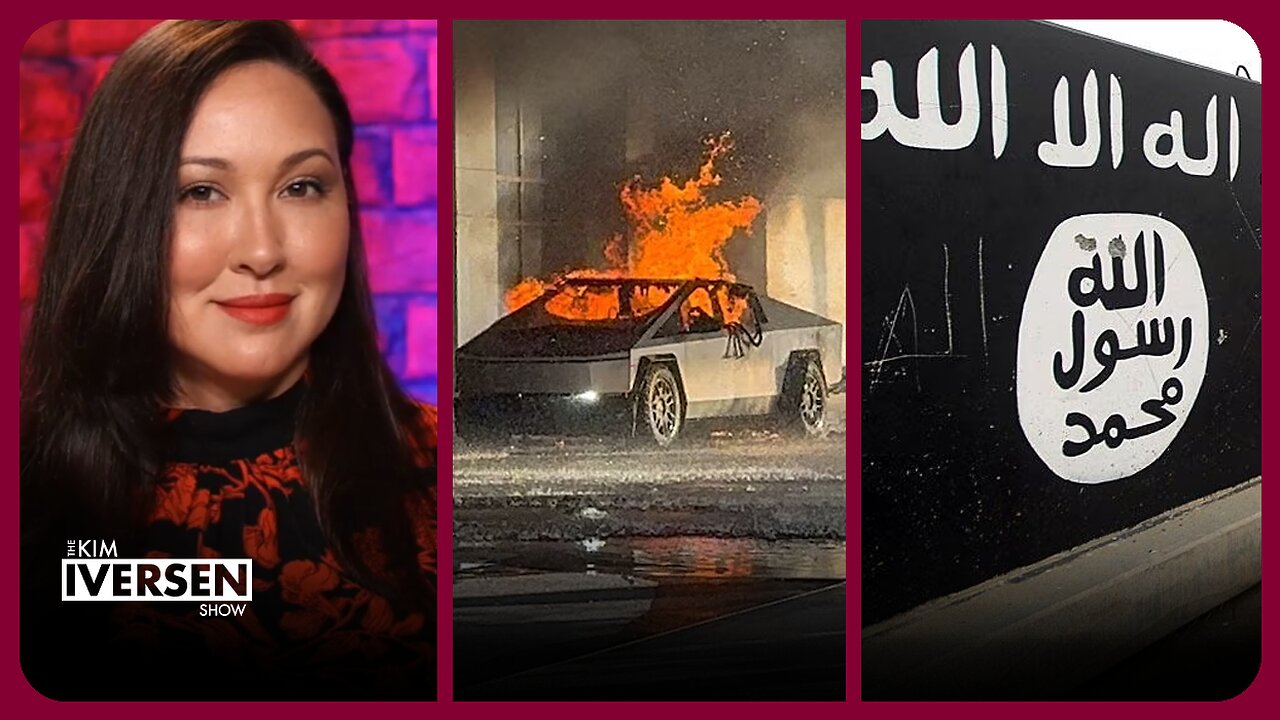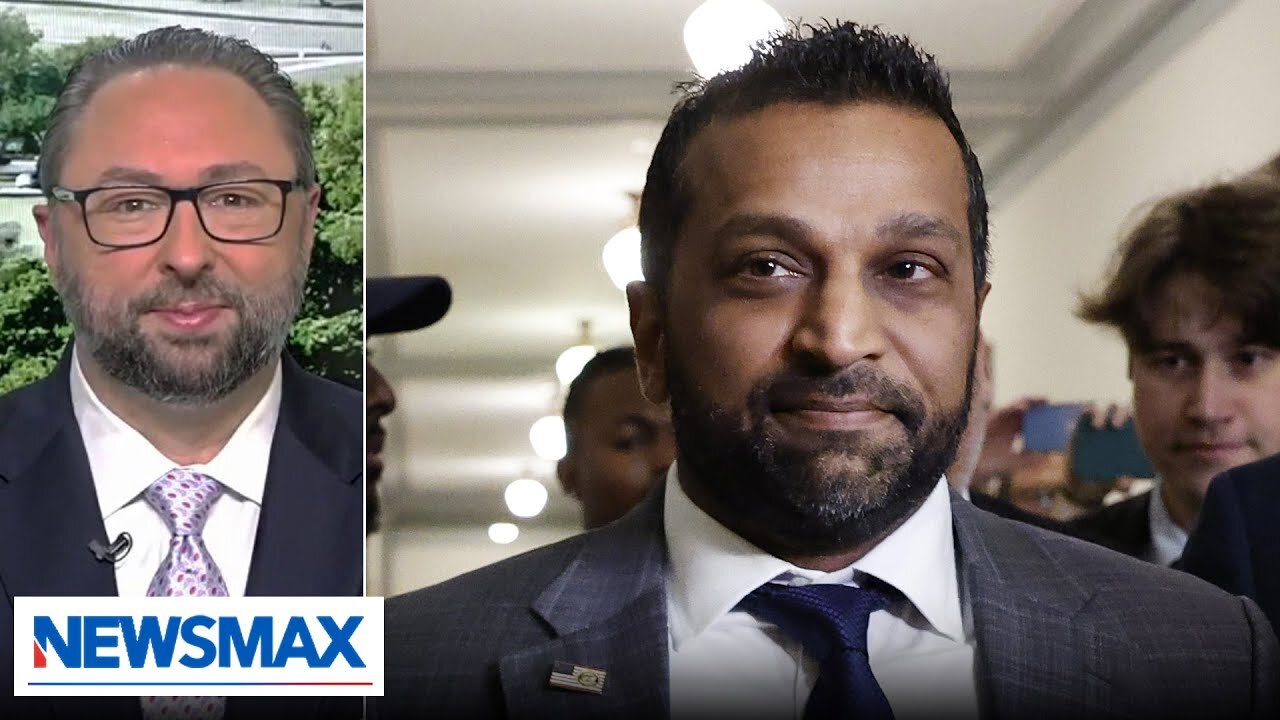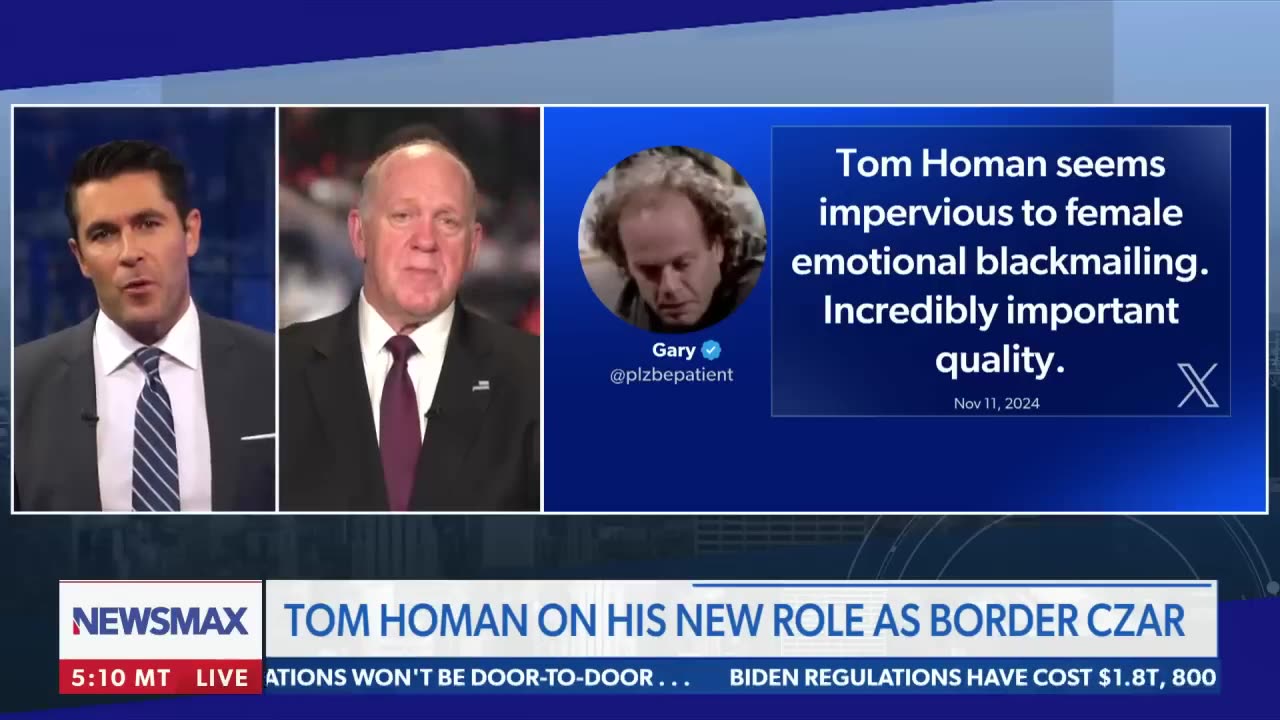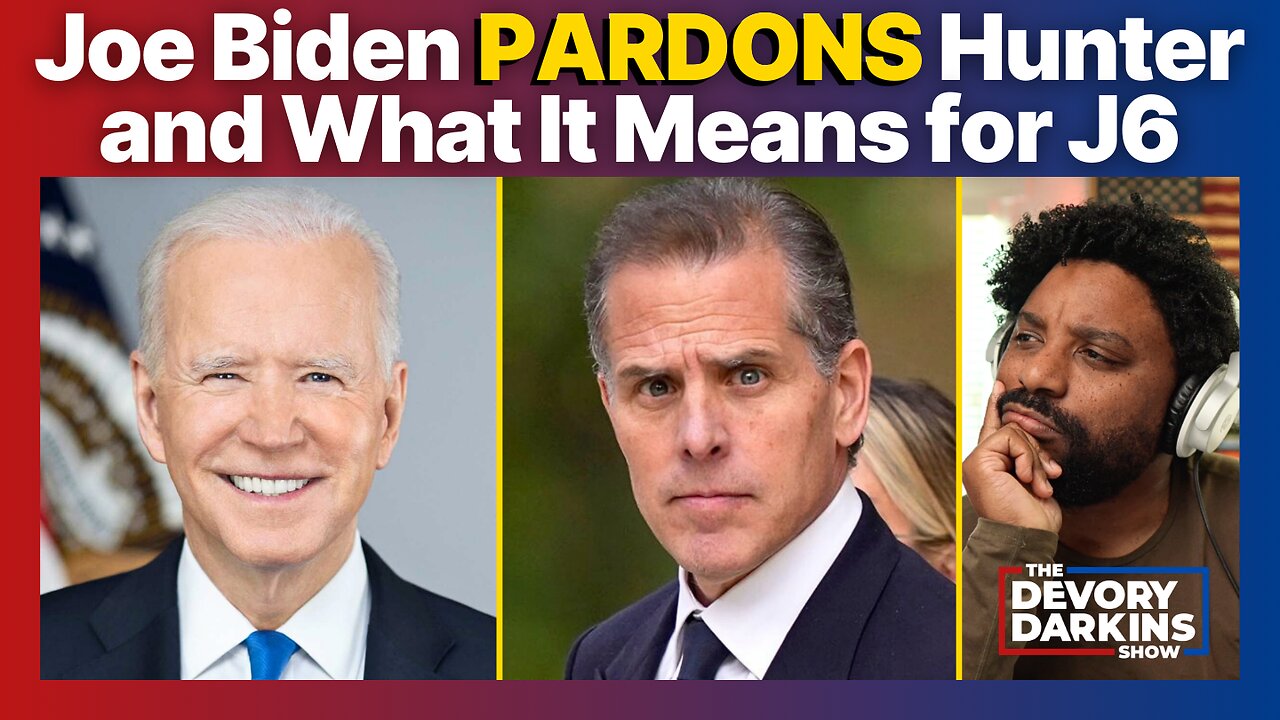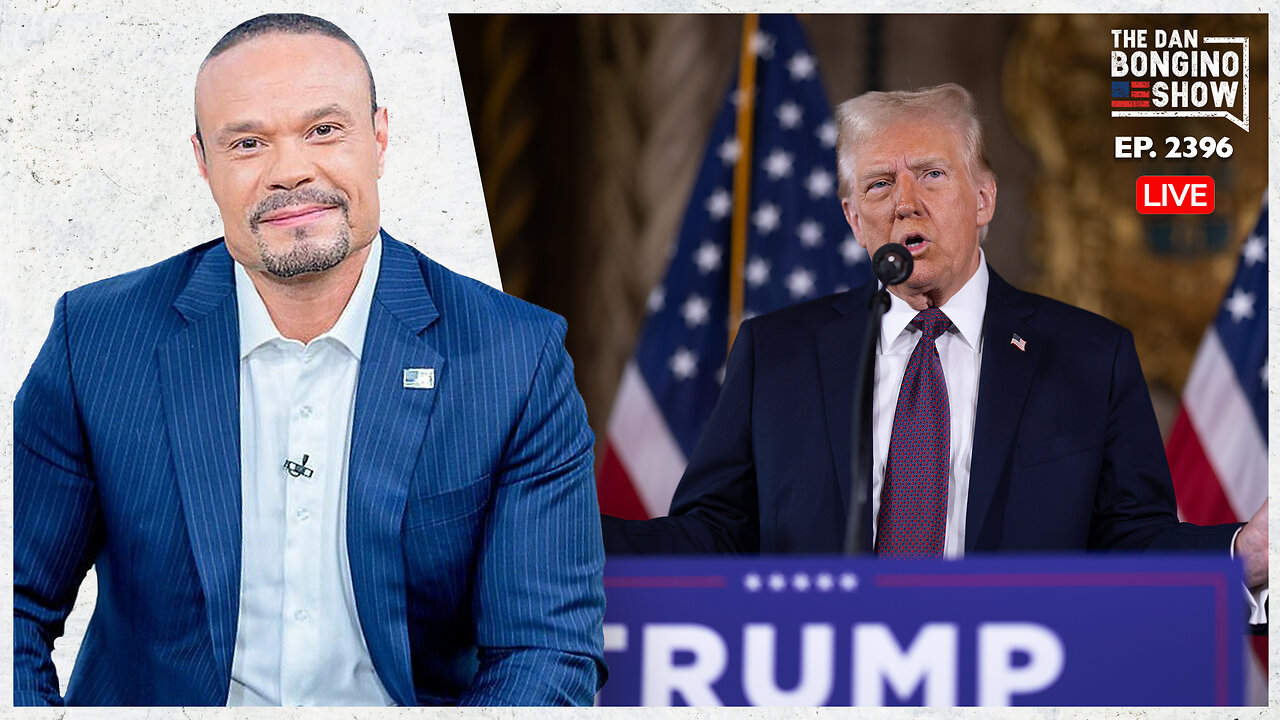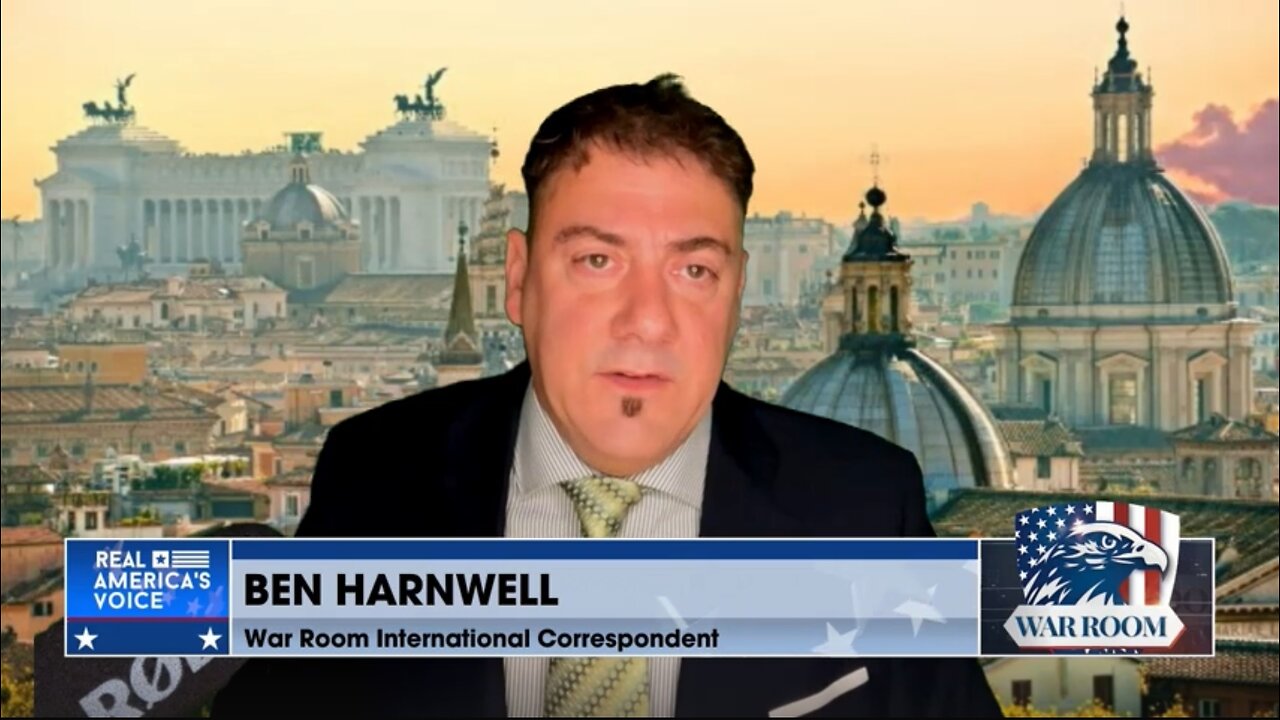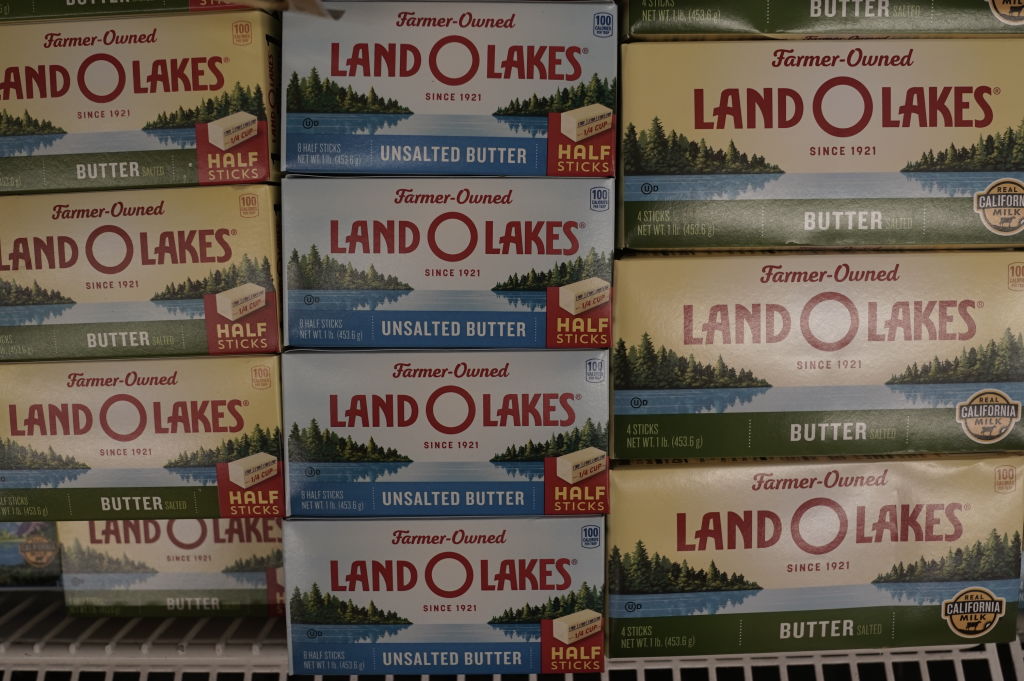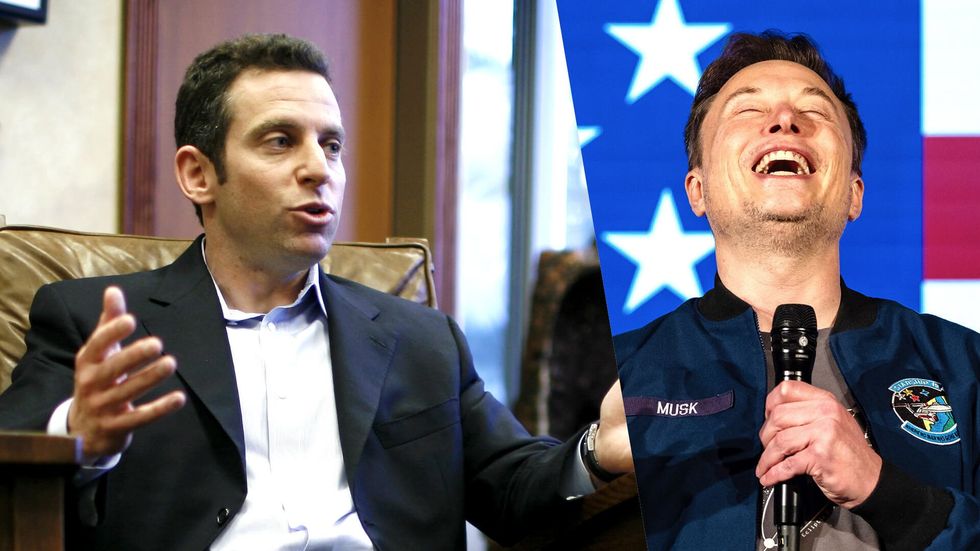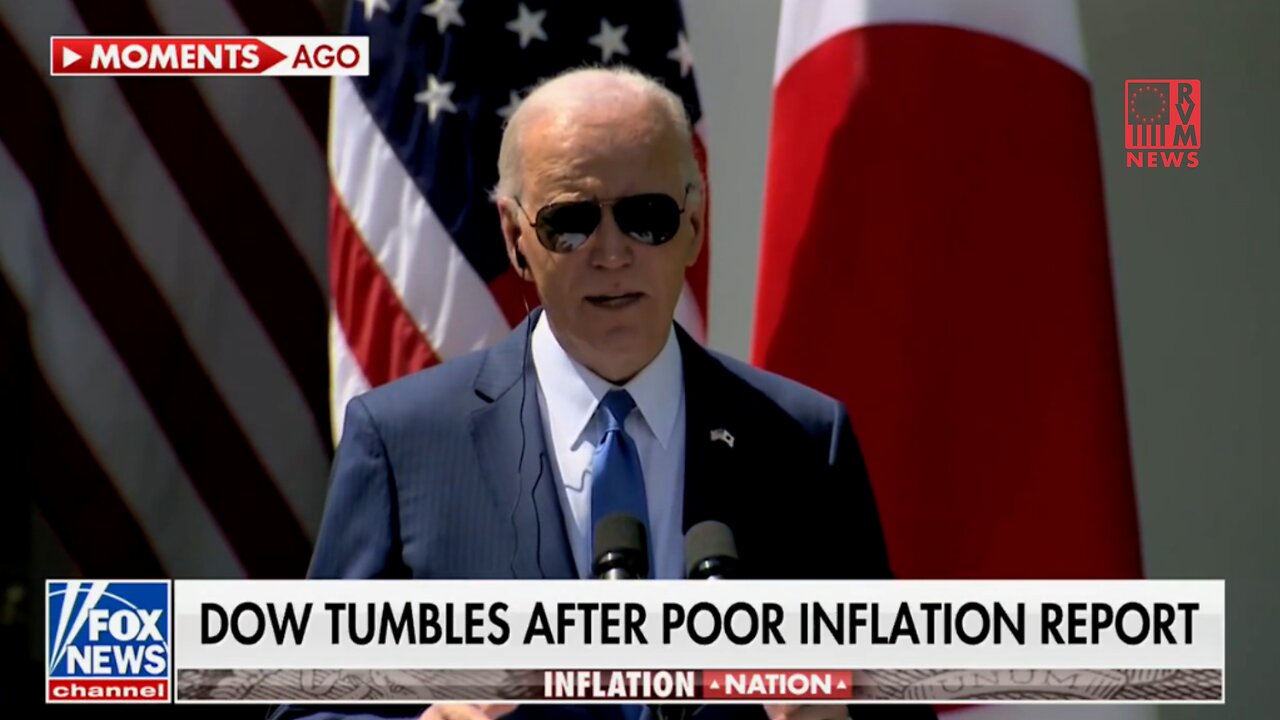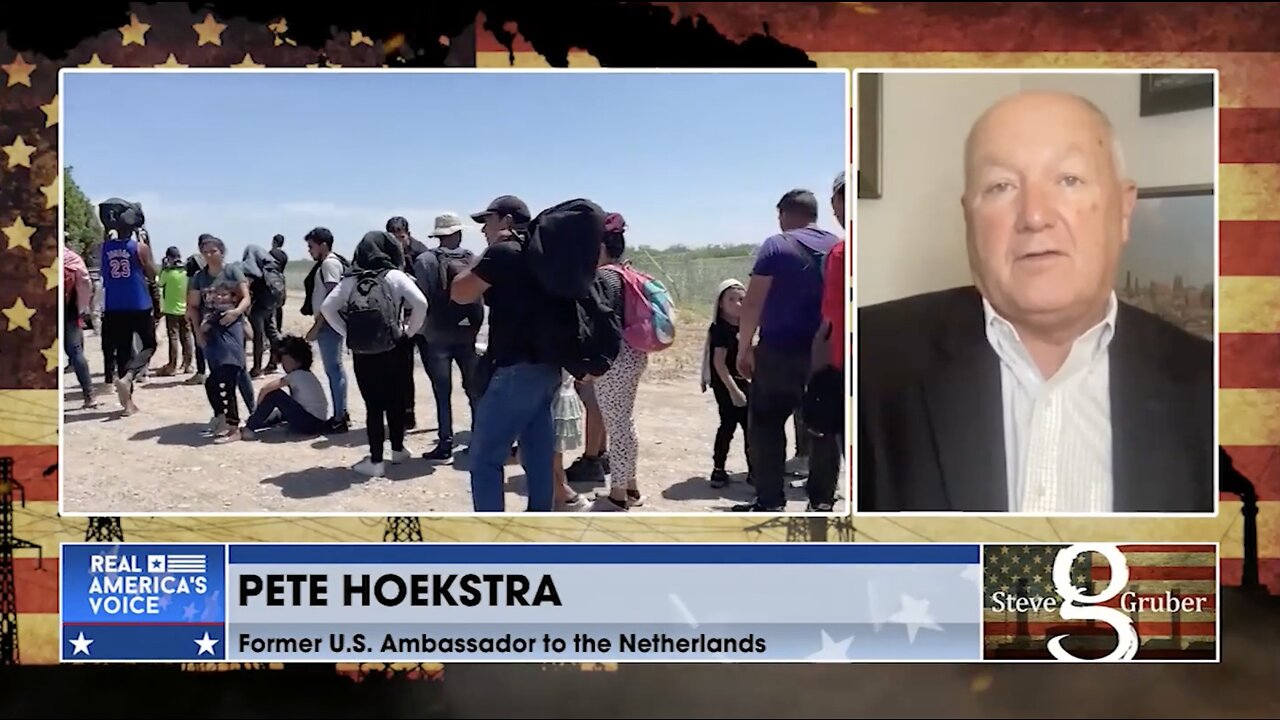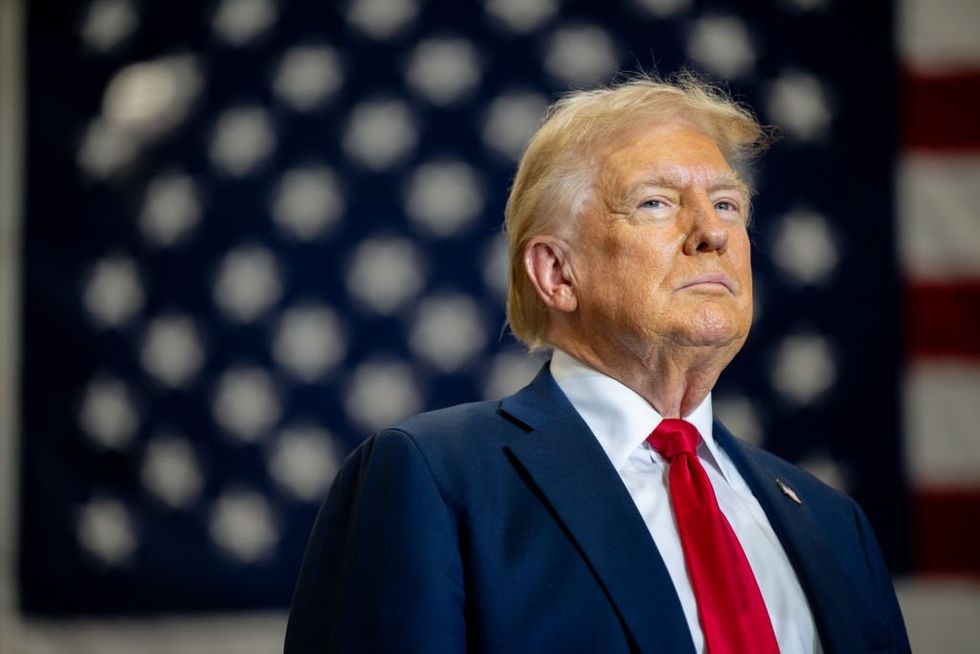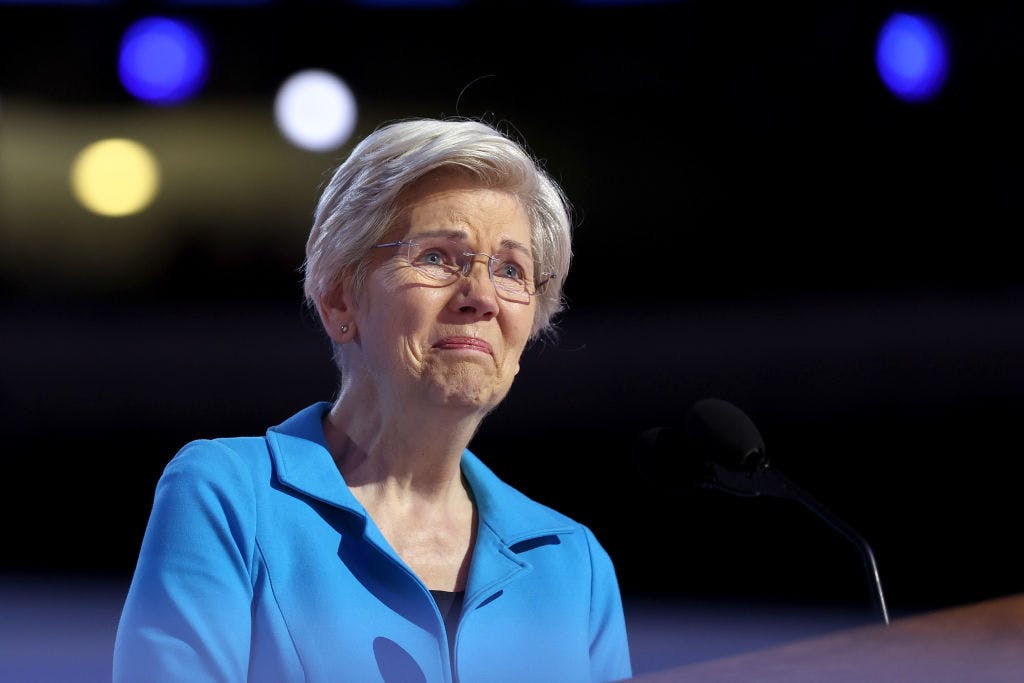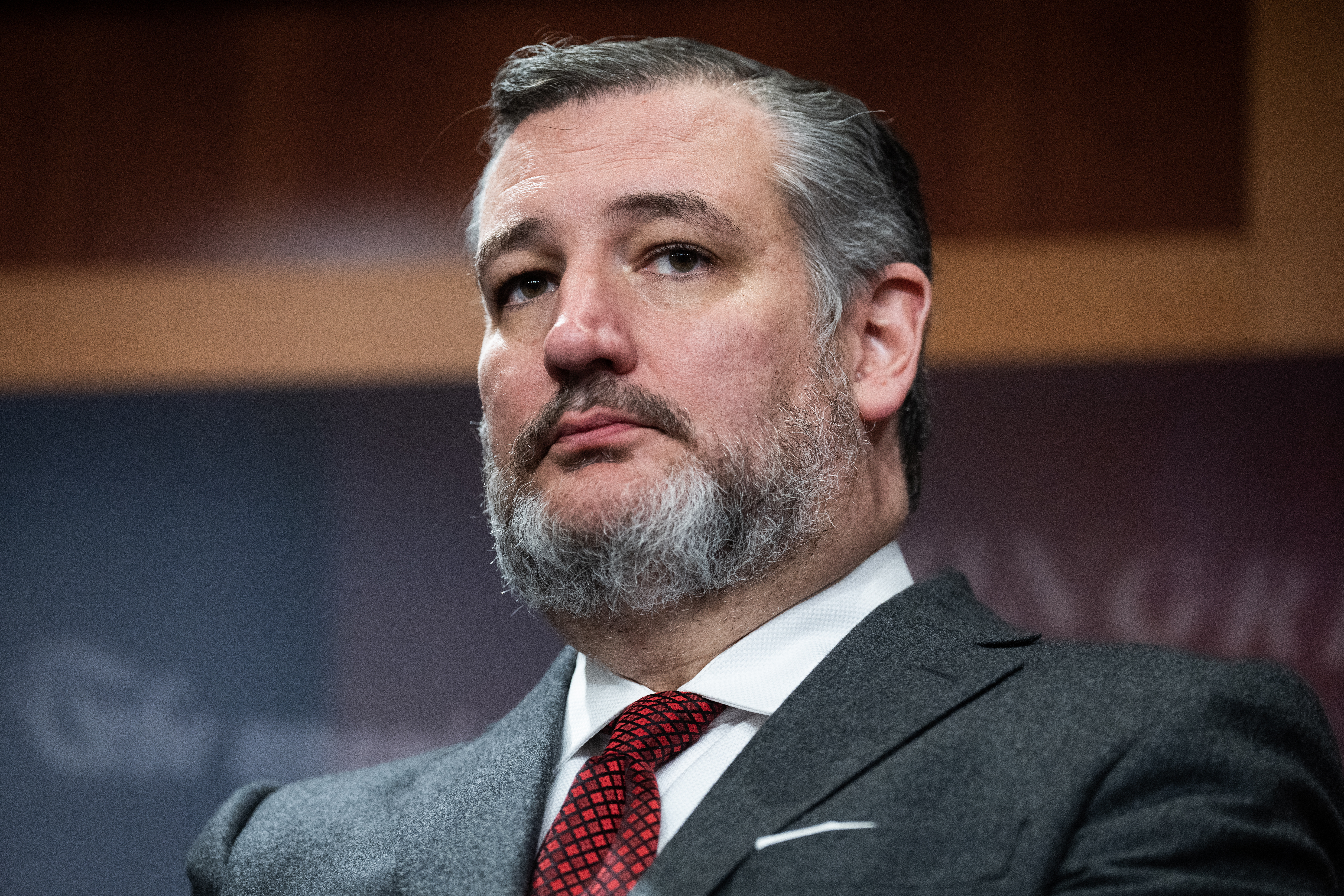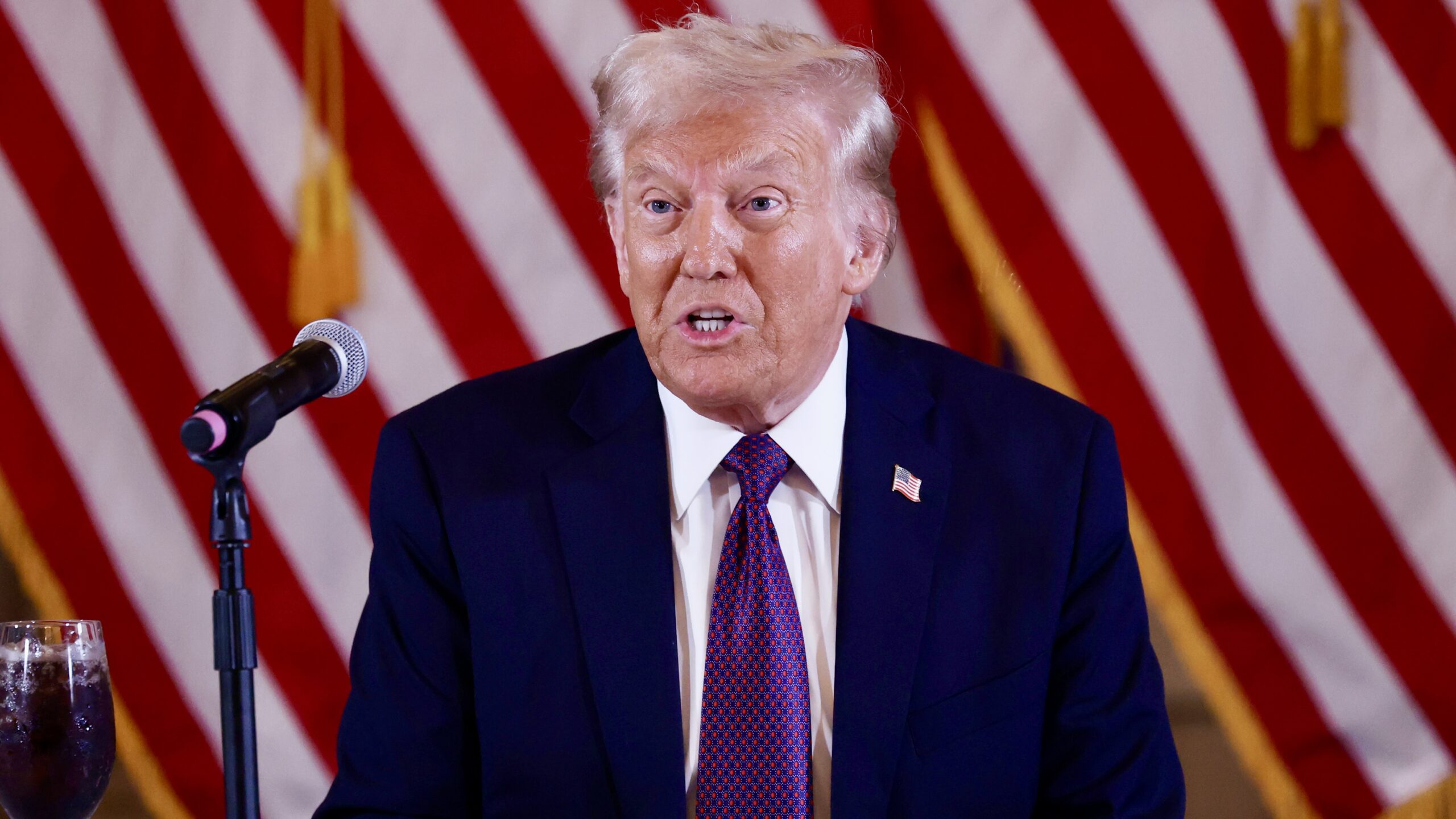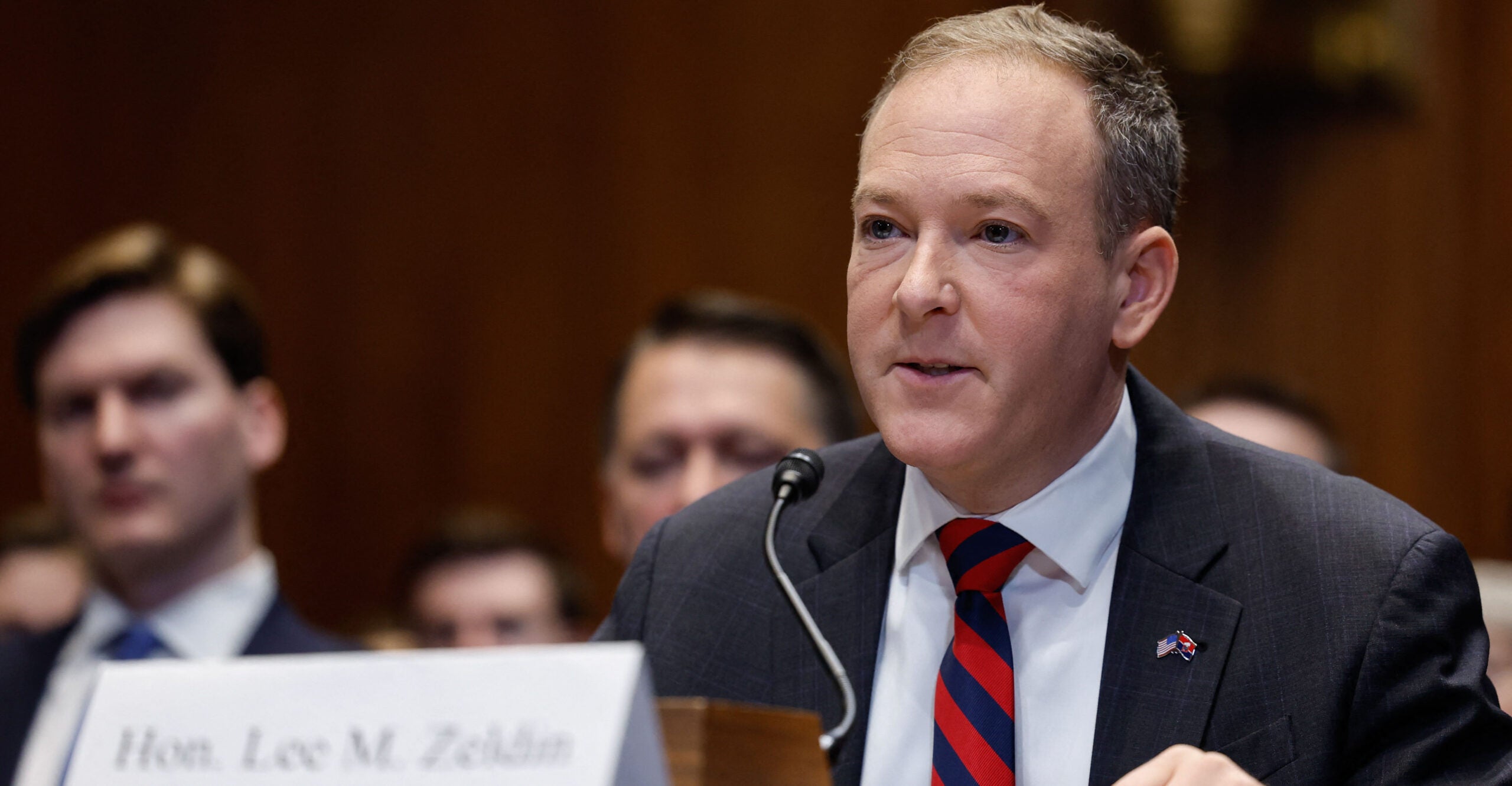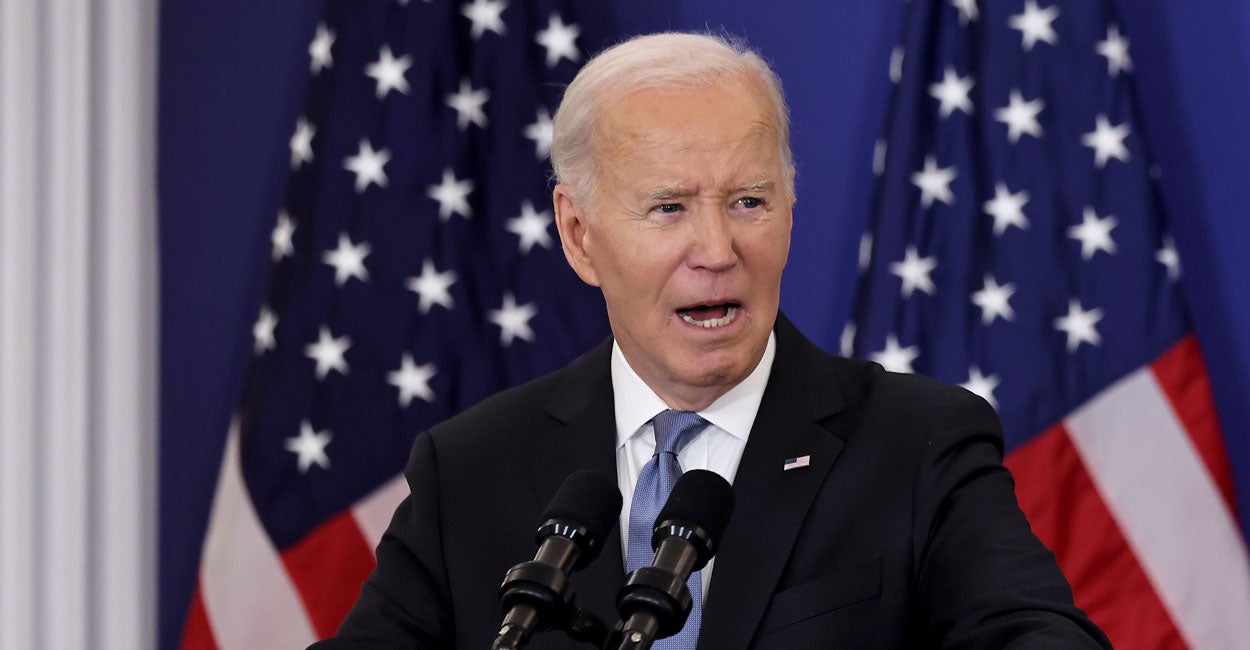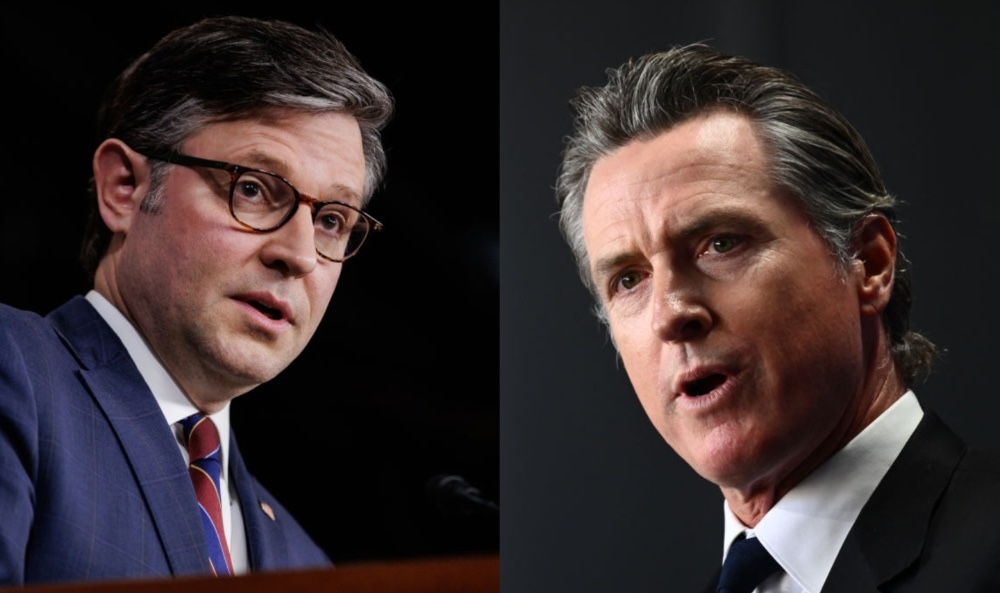Erasing the seam line: How preventing Arab encroachment and annexing Judea and Samaria strengthens Israel’s future
The possibility of another Oct. 7-style attack is a clear and present danger



JERUSALEM – The election of Donald Trump as the presumptive 47th president of the United States has led to a raft of recent headlines about this being a catalyst for the resumption of an Israeli push to announce annexation over Judea and Samaria.
Whether the daylight which existed between Trump and Israel’s Prime Minister Benjamin Netanyahu over this matter has closed, is yet to be seen, however, some on Israel’s Right are sensing an opportunity to put their case. Indeed, the nomination of former Arkansas Gov. Mike Huckabee – who has gone on the record to say there are no Jewish settlements in Judea and Samaria, merely Jewish communities, as U.S. ambassador to Israel could be a sign of which way the wind is blowing inside the putative second Trump administration.
Finance Minister Bezalel Smotrich of the Religious Zionist Party is one of the figures at the forefront of these calls, and a recent press tour to the region, which the movement Regavim organized, (which he along with two others established in 2006, but with which he is no longer involved) – provided an opportunity to see the issues up-close and attempt to get a firmer grip on the reality on the ground.
When opponents of the so-called “Two State Solution” to the Israel-Palestine issue say Israel is only some 9 miles wide at its narrowest point, it takes a vantage point on the roof of a Rosh Ha’ayin apartment block to really bring this point home.
Standing there with a group of journalists, it was clear to see just how pinched Israel’s waist really is – and why, especially in the immediate shadow of Oct. 7, there is consternation and fear about the outgoing Biden administration’s constant pushing of a Palestinian state in Judea and Samaria.

“We are living in one of the largest neighborhoods in all of Israel,” said Moriah Tzafar, talking about Psagot Afek, which by 2025’s year’s end is supposed to have some 50,000 residents. “As you can see, it abuts the Green Line, and over the other side is a[n IDF] firing zone [203]. It stretches until the nearby Palestinian villages; Deir Balut, Rafat, and Zahawiya,” she said.
“We see a lot of suspicious activity that is concerning. It is supposed to be an area where the IDF carries out training, but we see vehicles all the time. There is no road here for workers, no agriculture or shops, so what are they doing here? It is a hostile population and the question we have to ask is why are they encroaching so close to the fence? After Oct. 7, it reminds us of the female observers who pointed out the dangers in the south – and also reports from the north [of residents who heard suspicious noises]; we point these things out to the authorities; flashlights visible at night-time, and people approaching the fence on foot, who are clearly scoping the situation out. Given what we know, how are we still relying on a fence and ignoring the concerns of residents?” she asked plaintively.
According to Naomi Kahn, director of Regavim’s International Division, one of the key aims of the movement is to lobby Israel’s government to acknowledge how “land use policy is the most basic expression of national sovereignty.”
Structures, which do not belong to the IDF, nor to any Israeli – and at the moment they would not receive permission to build on this territory – are popping up in what is supposed to be an area the army controls, however “the Palestinians build, and the IDF retreats,” according to Kahn.
“The Oslo Accords were supposed to pull the two sides apart, and here the evidence on the ground is de facto pushing them closer together.”
The Arabs who are illegally attempting to settle on land which does not belong to them, and is in fact, illegal according to the Oslo Accords and international law, are acting rationally according to a power vacuum which exists, and are attempting to create facts on the ground. Both sides of this issue are working on different levels of understanding; meaning both Palestinians and Israelis saw how long it took for the IDF to wrest control of southern Israel back from Hamas terrorists following the Oct. 7 attack.
Israel’s long internal border with Jordan, which stretches roughly along the 1949 Armistice Line from the Gilboa area in the north down to Ein Gedi near the Dead Sea, is dangerously porous – and where several infiltrations have already taken place – and difficult to defend.
Kahn also pointed out that some 65% of the area given over the Palestinian Authority to control has no construction on it. If we accept this is the case, why, if their intentions are allegedly peaceful, would they permit building within a literal stone’s throw distance from Israeli neighborhoods. Not only does the question practically answer itself, it is astonishing any Israeli government would countenance continuing to permit it given the catastrophic results of ignoring similar activity along the Gaza border. Regavim claims the Israeli government has not prevented Palestinians building on state land, and encroaching onto Israel’s state land, including the construction of some 90,000 edifices of different kinds.

Even from the point of view of the Oslo Accords, the construction is difficult to legitimize, given they were supposed to enforce a 500 meter buffer from the border fence, would require permits (which again would never be given to any Israeli to build on), and were intended to distance Arabs from Israeli bureaucracy. They were supposed to pull the two sides apart, and here the evidence on the ground is de facto pushing them closer together.
The danger is not theoretical, it is very real. While it doesn’t get overly mentioned much in the international press, and it has not been given an official title, the third intifada effectively started in about June 2021. It has largely centered around Iranian efforts to transfer increasingly powerful weaponry to Islamists in Judea and Samaria, principally through holes in Israel’s security apparatus via Jordan. This movement of men and materiel has picked up in speed and intensity over the last year or so, especially as access from Gaza and across the Lebanese border are now significantly more challenging. At least the IDF has acknowledged this threat and for several months has aggressively targeted terrorist leaders and their so-called battalion commanders in Judea and Samaria.
The emotional power of the olive tree
A typical image of the countryside in Judea and Samaria is one of often craggy rocks interspersed with olive trees. The assumption – particularly in the Western imagination – is that these trees are centuries old and have been nurtured for all that time by ancient and noble Palestinian families. The truth, however, is more complex.
As part of their attempts to annex the land, Palestinians have taken to planting copious amounts of these trees, which provide them with dual use. They are used as cover for ongoing surveillance of the neighboring Israeli communities, and they can be utilized as a symbol of their supposed ownership of the land.
“These people are just like Hamas or Hezbollah,” said Rani Gavriel, head of an auxiliary police unit, which is designed to be a fast-response to reports of infiltrations – of which there have already been many – as well as fence cutting and other suspicious activity. “They openly say that Rosh Ha’Ayin is theirs,” he added.
What's Your Reaction?
















